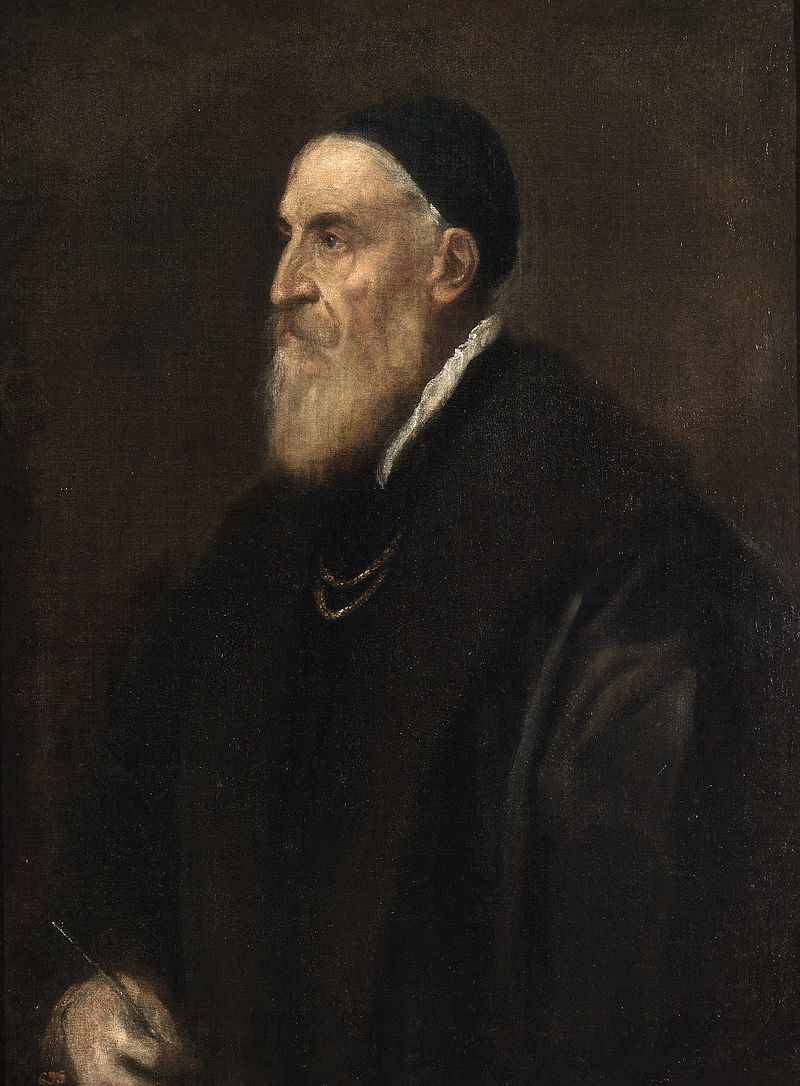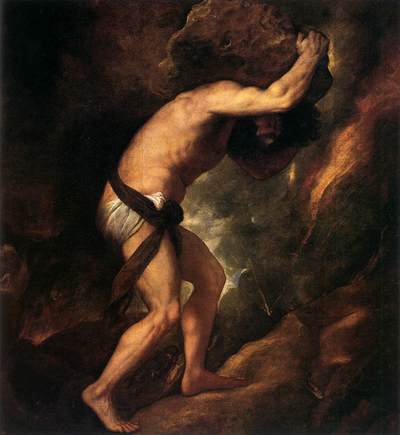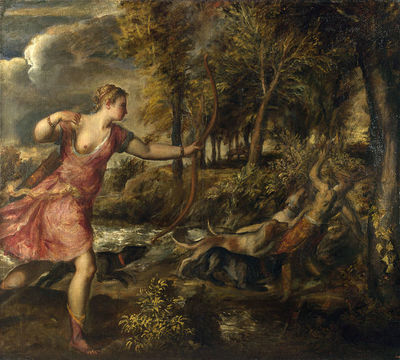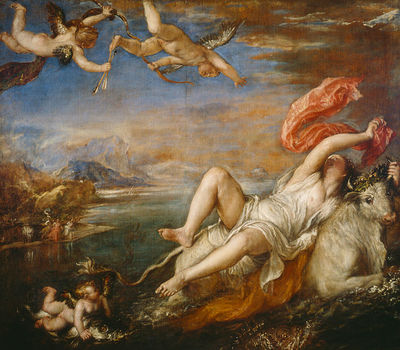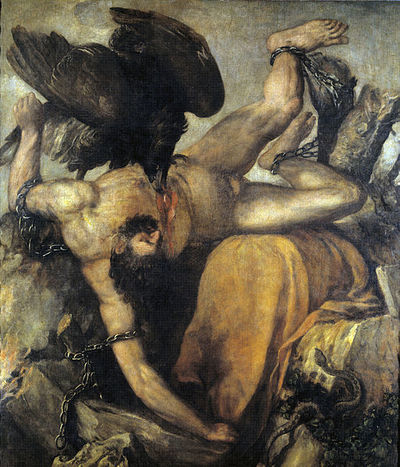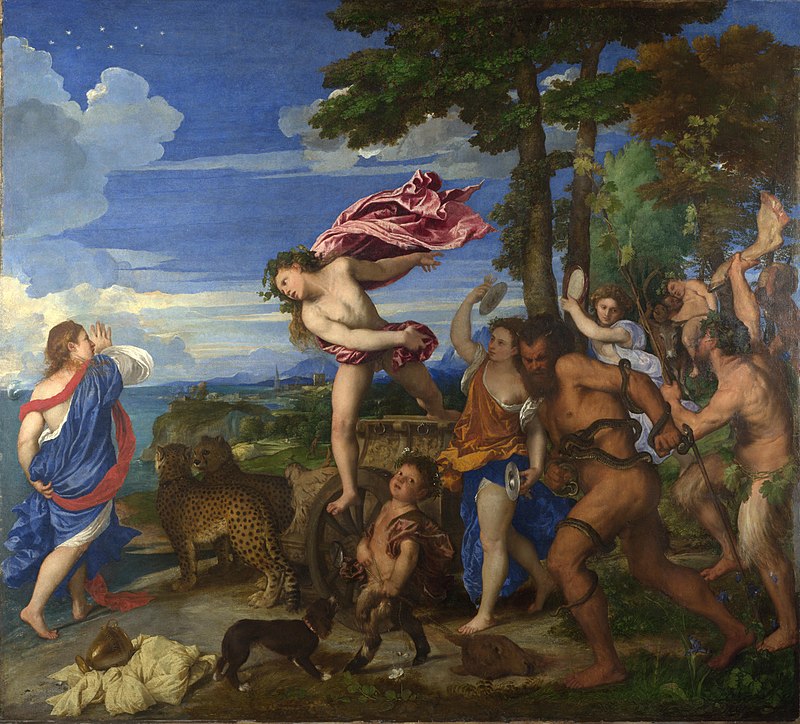Titian (c1490–1576)
Greek Mythology and TitianBorn: c1490; Pieve di Cadore, Republic of Venice
Died: 27 August 1576; Venice Nationality: Venetian Art Movement: Italian Renaissance Painting School: Venetian School Tiziano Vecellio (c1488, Pieve de Cadore – 27 August 1576, Venice) is better known by a single name, Titian, and was the premier artist of the Venetian School, as well as a leading light in the Renaissance style.
Titian was born in the Dolomite Mount range, which was then part of the Republic of Venice, and would spend much of his working life in Venice. Titian’s work would be in demand from all the royal families of Europe, including the Doge of Venice and King Philip II of Spain. Working on wood and canvas in oil, Titian may have completed about 400 works in his lifetime, but only about three quarters of these works survive into the modern day. The Renaissance period was seen as moving away from antiquity, and yet antiquity played an important part in the art produced during this era, and a number of important Titian pieces relate to tales from Greek mythology, including Danae (1554) and The Death of Actaeon (c1575). |
|
|
|
|
|
|
